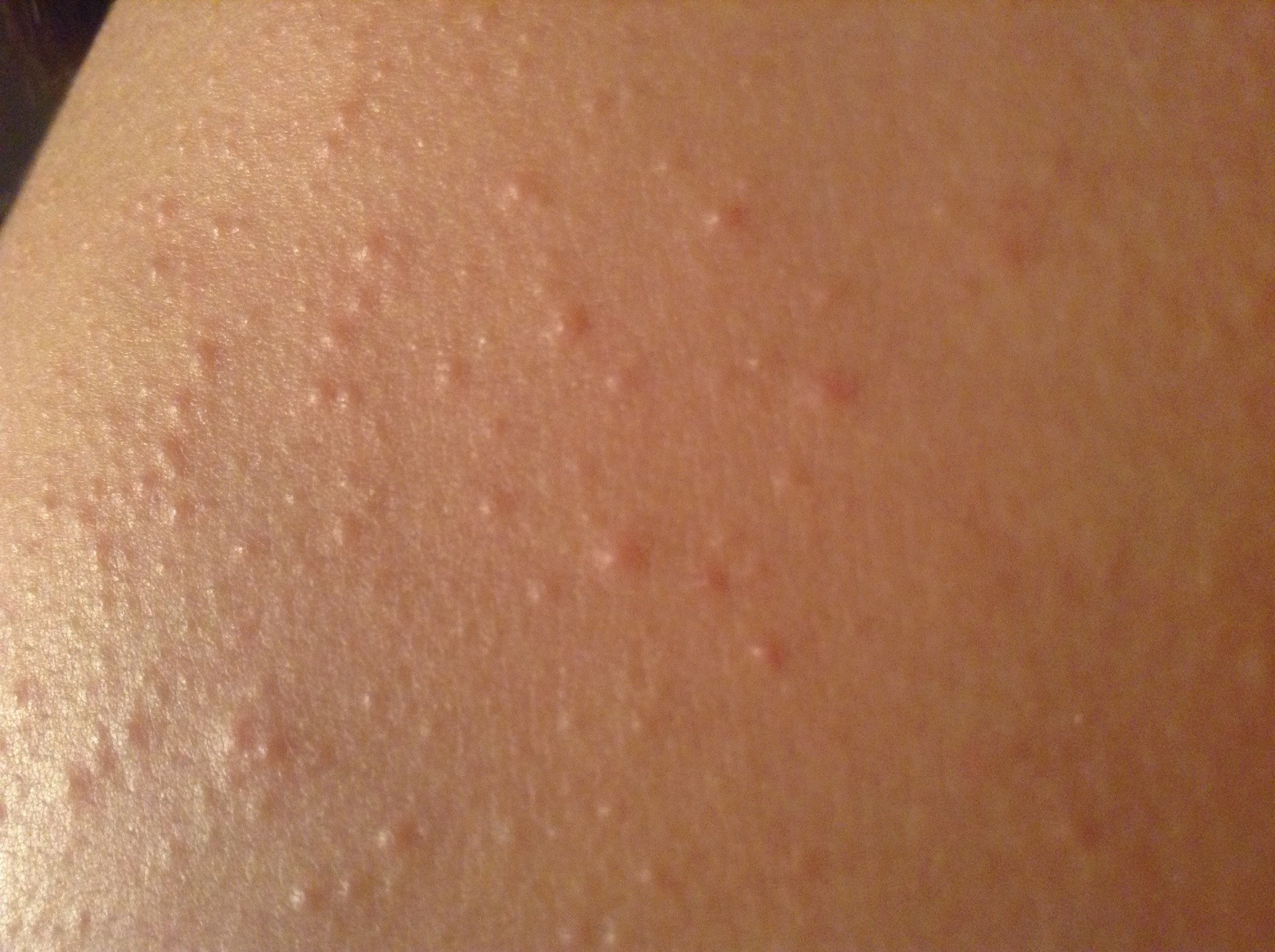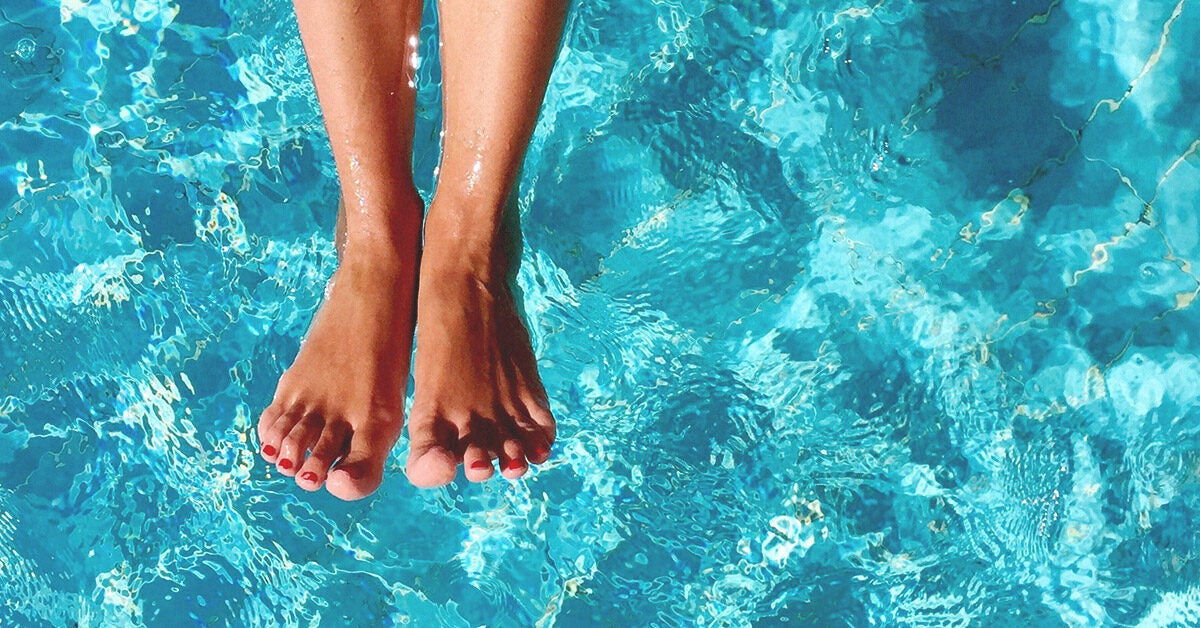

Mayo Clinic also suggests wearing plenty of water resistant sunscreen to protect your skin from the parasites (and UV rays, of course). You can wash away the parasites before they have a chance to get into your skin. If you are swimming or wading in shallow waters, avoid marshy areas and rinse off in the shower when you get out. Bring a life jacket if you're not a strong swimmer. The parasites live in shallow areas, so one easy way to avoid infection is to go out to deeper waters. Because the parasite's life cycle is so short, a clear area can become infected quickly and vice versa. However, there are things you can do to reduce your risk. In this article we discuss the symptoms, treatment options and prevention of this uncomfortable itchy rash. This occurs when the body has an allergic reaction to a parasite called cercariae. It can be difficult to tell if an area is infected with swimmer's itch. Swimmers Itch, or cercarial dermatitis, can appear as an itchy skin rash on the skin after a swim in a body of water, like a lake. You can read more about chiggers here and swimmer's itch here. The parasite that causes swimmer's itch is actually a tiny worm. They also cause itchy bumps on your skin. However, chiggers are tiny earthbound mites that live amidst grass and weeds. Swimmer's itch is often incorrectly referred to as chiggers. If you create an open wound, that could get infected and cause bigger issues. Not everyone who sits in chlorinated pools or hot tubs can develop itches or rashes. They can also cause sore eyes or other symptoms of respiratory irritations, such as frequent sneezing or coughing. The bumps are generally harmless and will heal in a few days. Chlorine itches (medically known as cercarial dermatitis) can easily be confused with rashes because they can result in swollen red skin. People aren't suitable hosts, so the parasites quickly die and leave humans with the itchy rash we know as swimmer's itch. However, the microscopic critters occasionally get lost and accidentally burrow into an unsuspecting human. The parasites eventually seek a more suitable host in birds, completing the life cycle.

These parasites live in birds, like ducks and geese, and the parasite's eggs enter the water through a bird's feces. (Yuck!)įrom there, the eggs hatch and larvae find a new host: snails.

The parasites can get under your skin when you swim in freshwater (. Here's what you need to know to protect your skin (and sanity) from those dreaded itchy bumps.Ĭercarial dermatitis, the technical name for swimmer's itch, is actually an allergic reaction to some microscopic parasites. Swimmers itch is a rash caused by an allergic reaction to the larvae of certain parasites. Or you may be referred immediately to a specialist in skin conditions (dermatologist).Have you ever gone swimming in a lake only to break out a few hours later with itchy bumps all over your legs and toes? That's swimmer's itch, and it can really ruin beach trips the same way mosquitos mess up camping trips. You're likely to start by seeing your family doctor or a general practitioner. If you feel glass may have entered into your circulation. Please keep in mind that this is the best practice for removing the glass from the pool itself.
Swimmers itch from pool free#
Now that you have done everything within your power to get the broken glass out of the pool, you are free to open the pool again. Make a paste of baking soda and water, and then apply it to the affected areas. Step 6: Refill, Balance The Water, and Re-open The Pool.Soak in a bath sprinkled with Epsom salts, baking soda or oatmeal.Cover affected areas with a clean, wet washcloth.Request an Appointment at Mayo Clinic Lifestyle and home remedies


 0 kommentar(er)
0 kommentar(er)
